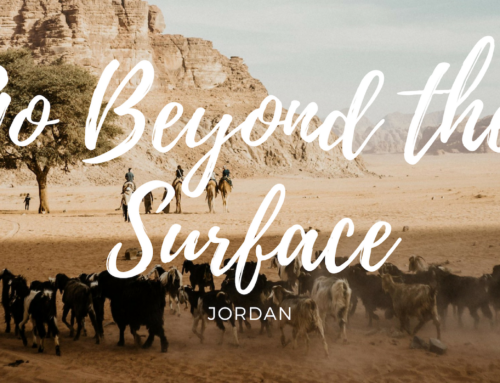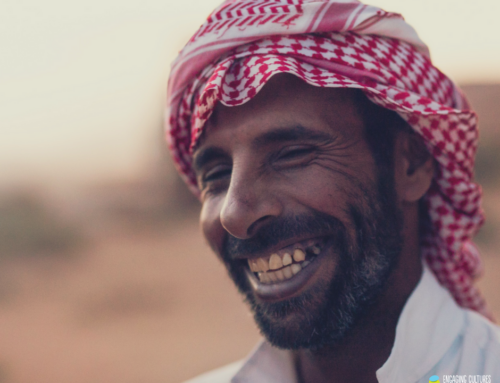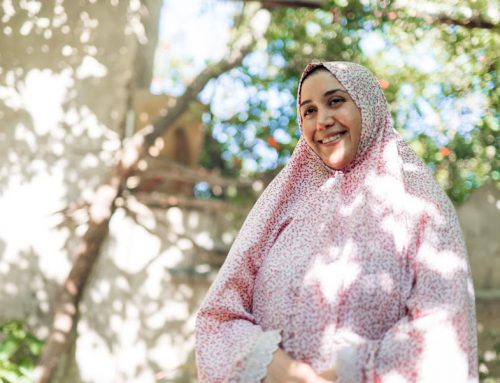Coming off the ten year anniversary of the terrorist attacks of September 11, 2001, fear and distrust between Americans and Arabs remains high. The biggest contributing factor to this, in my opinion, is that we still don’t know each other.
I’ll admit, getting to know each other isn’t easy. In the West, we have a lot of stereotypes about Arabs. They, too, have a lot of stereotypes about us. It’s difficult to break through these. Even students who study abroad can be living in a foreign country, but still remain in bubbles of other students from their home country, not making lasting relationships with locals.
We recently had the opportunity to help American and Jordanian students connect. Americans studying abroad through CIEE were paired with local students who will be their Arabic language partners for the semester. To help jump-start these cross-cultural relationships, Engaging Cultures asked Hamzet Wasel, a local social venture that focuses on integrating communities, to put together an “Urban Discovery Challenge.”
Though the event is set up much like the program “The Amazing Race”, the goal is not to come in first place; it’s connecting disconnected peoples. This was done through a variety of challenges that the teams of Americans and Arabs had to work together to complete.
The morning started off with introductions of the Americans to their Jordanian language partners. This was the first time they had met each other. They then were divided into teams and given a kite-making demonstration by local children. Their first challenge was to build a Jordanian kite together.

Once they finished their kite, they had to take local transportation (taxis forbidden) to the Citadel in downtown Amman. Travelers who have spent time in Amman will recognize this area as a popular kite flying spot for local kids. Once they finished flying their kites, the teams were given an envelope that told them their next location and challenge.
Some teams raced to the Jordanian Poetry house. Upon arriving, they were given a famous Arabic poem that the teams had to translate into poetic English.
Other teams headed to the Hijaz Railway Station where they explored train cars and the on-site museum to find information about the old rail line. Once they filled in their maps with the information they collected, they received another envelope.
This envelope contained a picture of a specific painting, cut up into a jumble of puzzle pieces. The team had to work together to assemble the puzzle, then make their way to Jabal Al Weibdeh to search the many art galleries for their specific painting. After completing this challenge, they had to race to the finish line at the University of Jordan.
Arriving at the end, these American and Jordanian students were laughing together and setting up the next time they could meet. Through the shared mental and physical exhaustion of completing team challenges and racing around the city, these Americans and Arabs bonded together much more closely than they could have by sitting down over a cup of coffee.
We felt fortunate to be a part of this day and look forward to see how these relationships develop over the course of the semester.







Leave A Comment